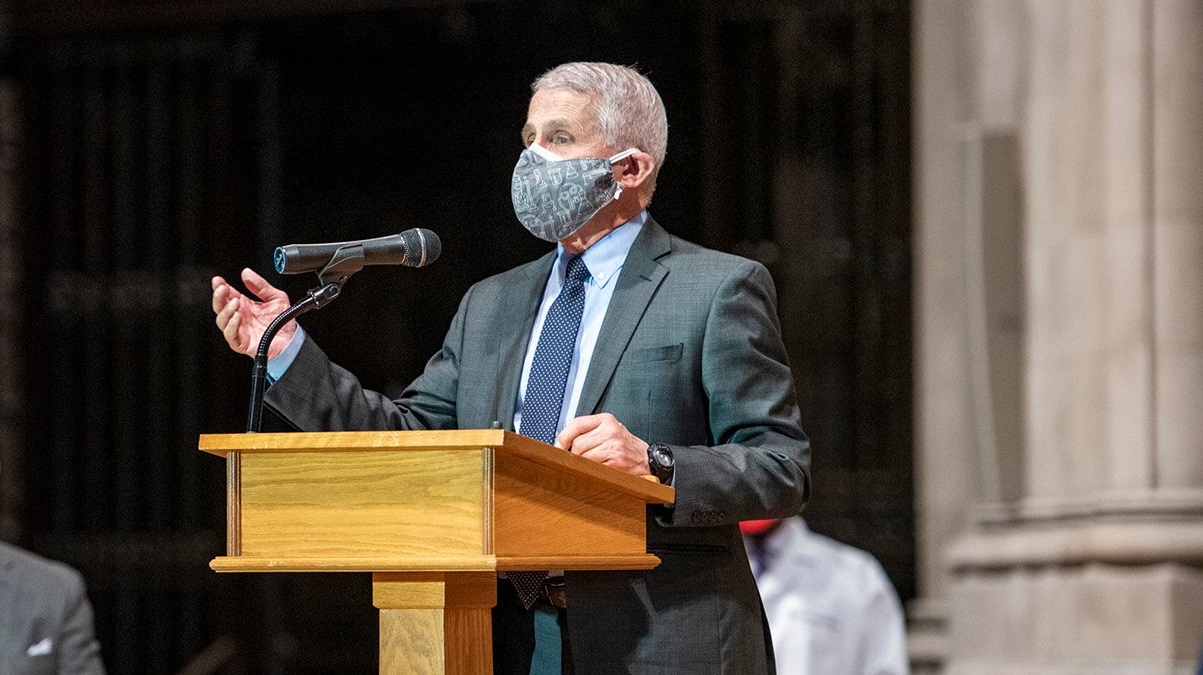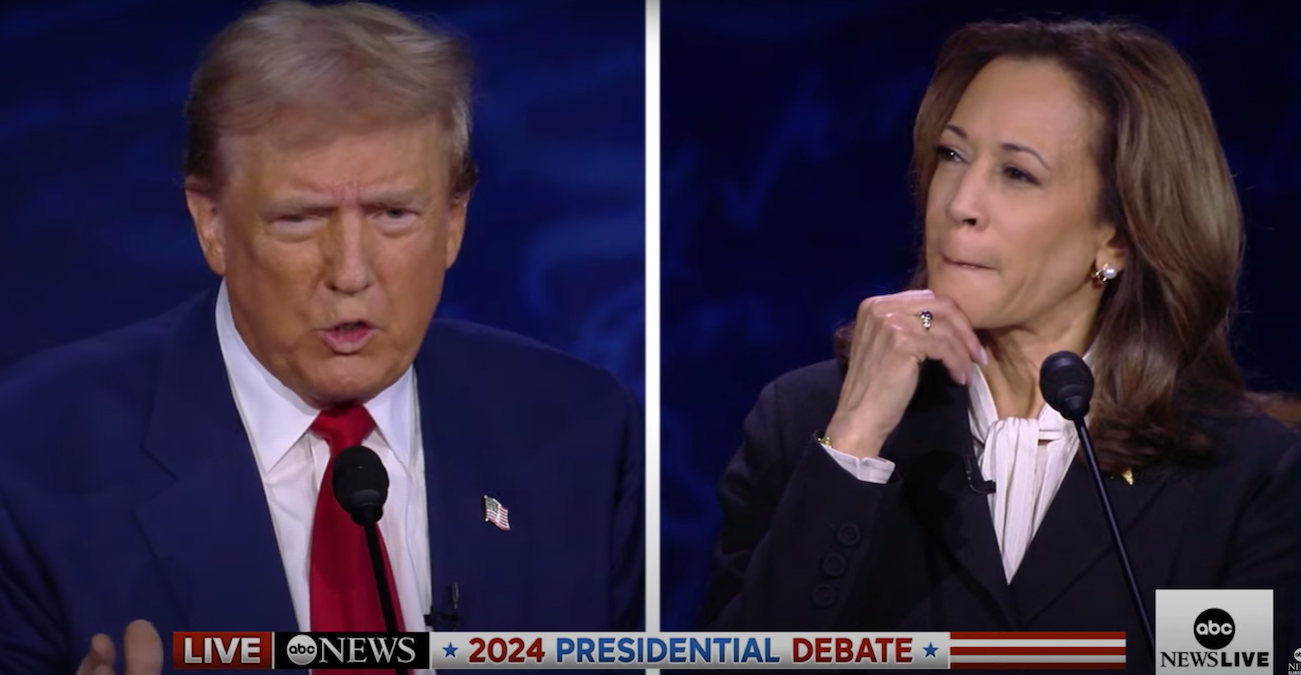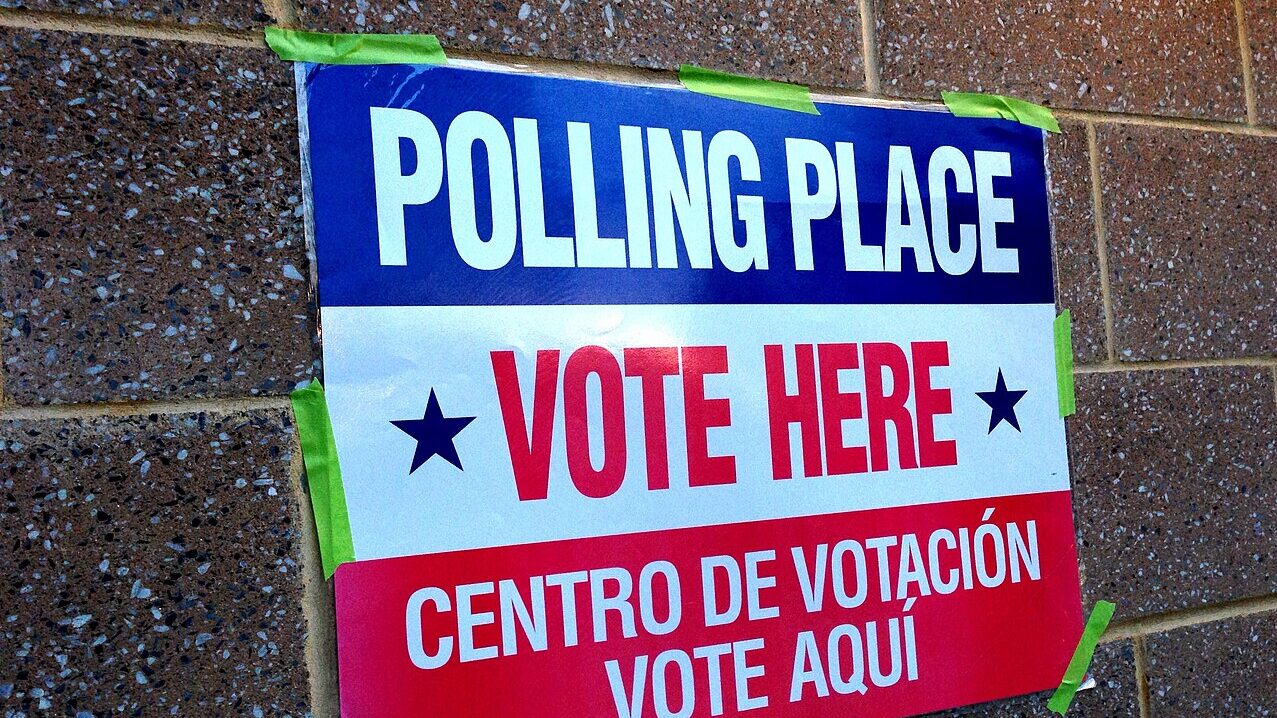Politics
Disturbing Details Of Fauci’s Testimony Leave No Option But To Frogmarch Him Down Memory Lane

CLICK HERE to read the rest of this ARTICLE. This post was originally published on another website.
Politics
Complaints Ask FEC, FCC To Investigate ABC For Breaking Broadcast And Donation Rules In Debate

CLICK HERE to read the rest of this ARTICLE. This post was originally published on another website.
Politics
Are Dems Slow-Walking Hurricane Relief To Suppress An Election-Deciding Number Of GOP Voters?

CLICK HERE to read the rest of this ARTICLE. This post was originally published on another website.
Politics
Four Michiganders Charged After Allegedly Voting Twice

CLICK HERE to read the rest of this ARTICLE. This post was originally published on another website.
-

 Politics2 years ago
Politics2 years agoTaylor Swift Holds Her Pen Like An Absolute Psycho
-

 Politics2 years ago
Politics2 years agoThe U.S. Left Has Become So Authoritarian, Even This North Korean Refugee Is Concerned
-

 Politics2 years ago
Politics2 years agoParents UPSET With School Board Over Drag Show
-

 Health2 years ago
Health2 years agoHow to do a Kettlebell glute workout
-

 Politics2 years ago
Politics2 years agoArrest In Idaho Murders Is A Reminder That Your DNA Is Not Private Or Safe
-

 Politics2 years ago
Politics2 years agoCBP Figures Show Highest Monthly Total Of Illegal Crossings EVER Recorded
-

 Entertainment2 years ago
Entertainment2 years agoHalloween Ends Official Trailer 2022
-
Money2 years ago
How to get started with online gambling and restaurants marketing















